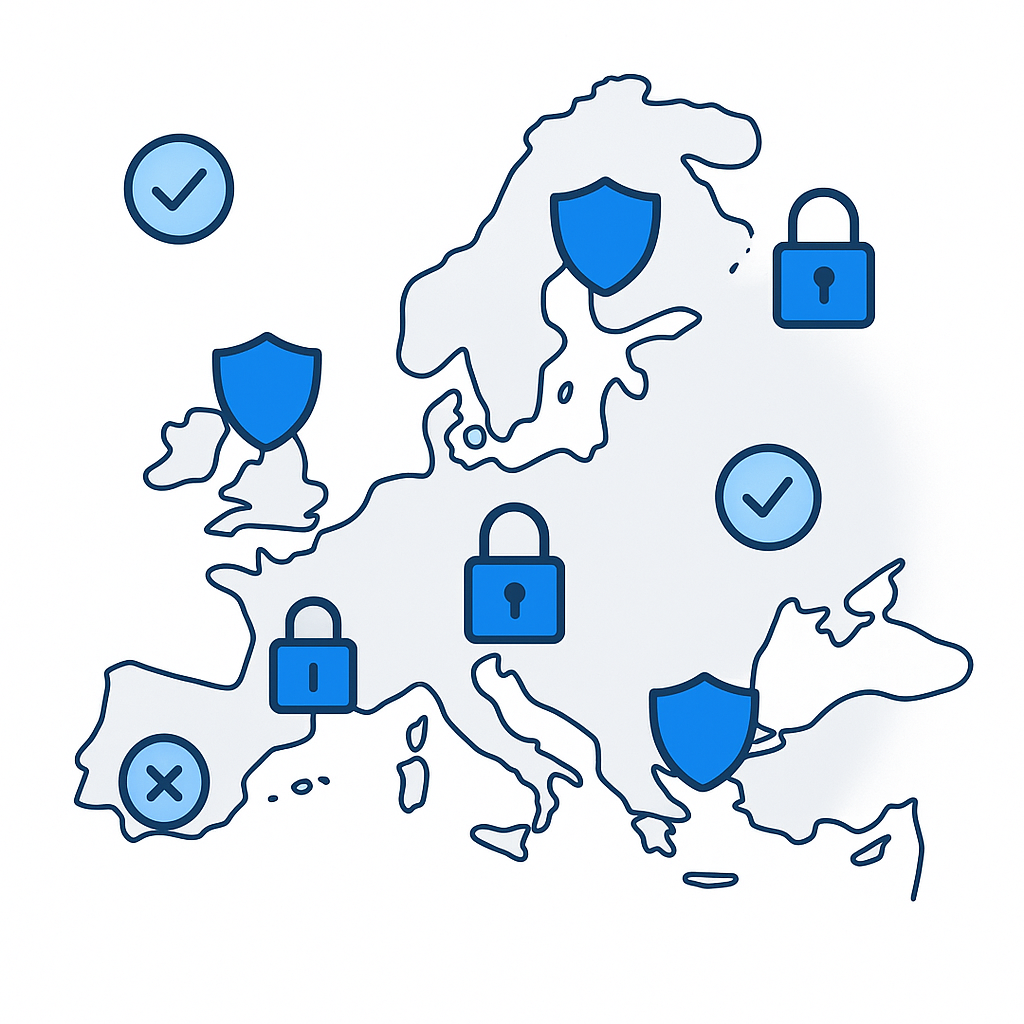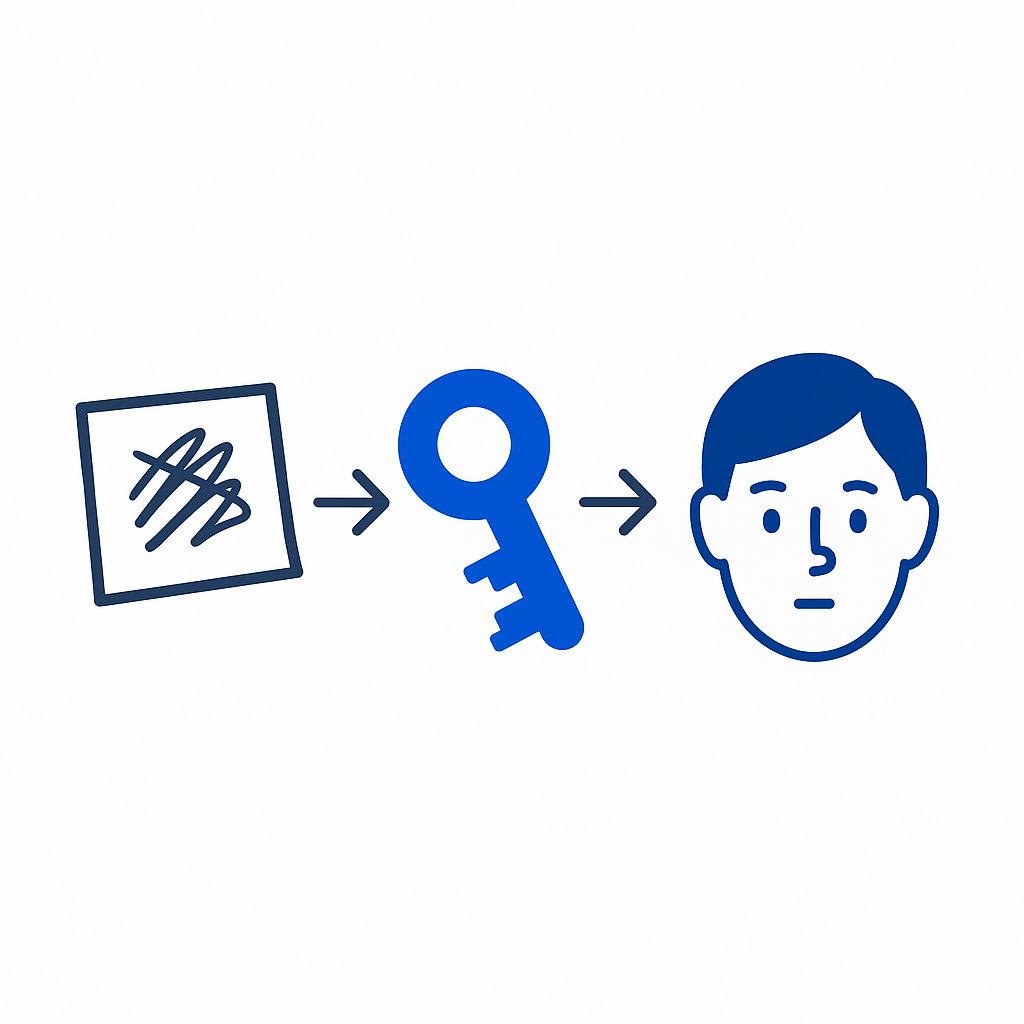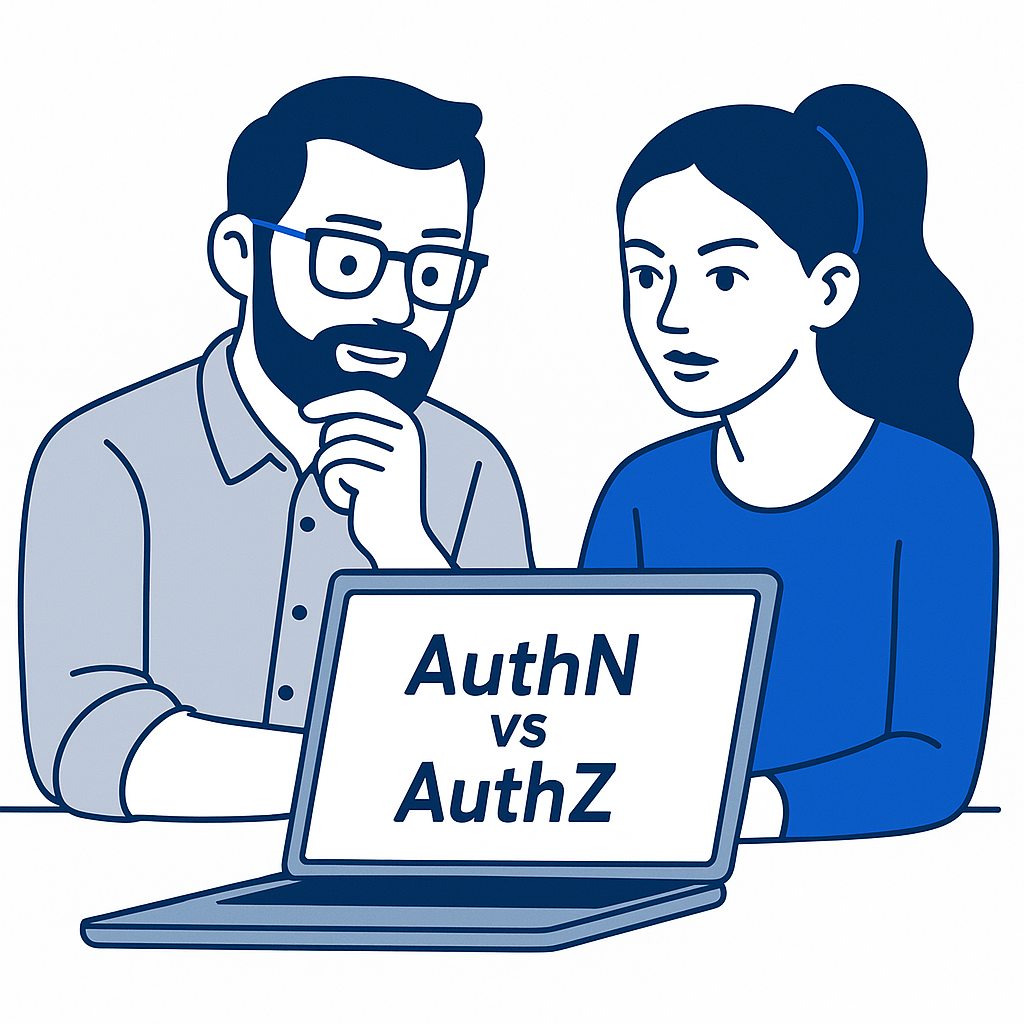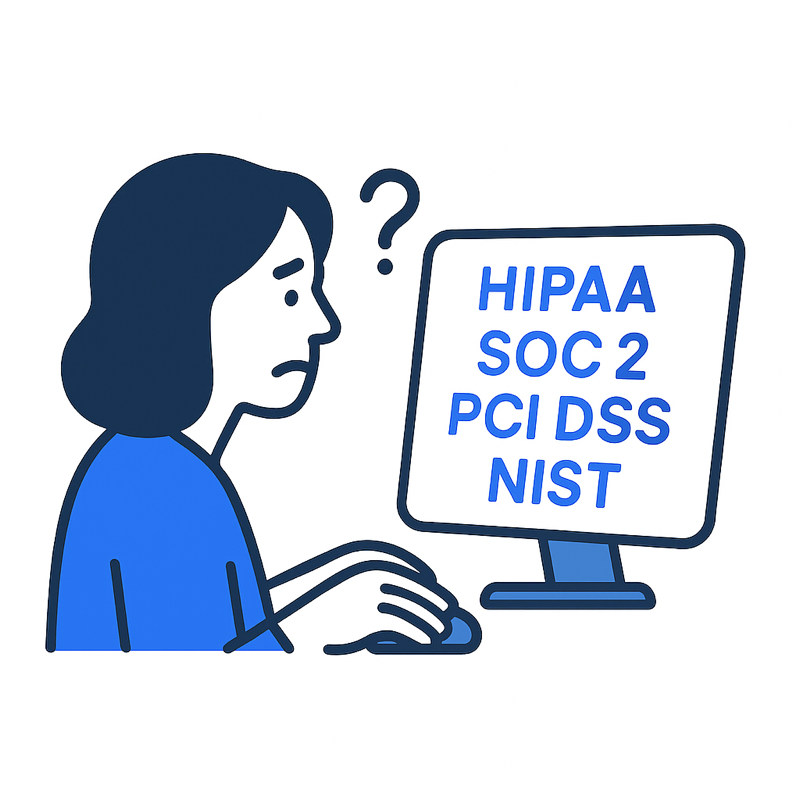Access denied. It’s not personal. It’s policy
The term zero-trust has been hanging around cybersecurity long enough to lose its shine. What started as a disruptive mindset—never trust, always verify—has now become a marketing buzzword, plastered across product pages like a comfy catch-all blanket. Every vendor claims they “deliver zero-trust,” but pick at the surface and you’ll often find a few conditional access policies, or a VPN replacement, and a lingering sense of deja vu.
Repeat The Access Litany after me
(and apologies to the estate of Frank Herbert):
”I must not trust by default.
Trust is the breach-bringer.
I will let access flow, but only when needed.
When the job is done, trust will fade.
Only control will remain.”
Zero-trust isn’t a product. It’s a philosophy of persistent suspicion. An architecture where identity, not the network perimeter, is the new control point. But here’s the problem: once you’ve accepted that premise, actually building it gets fiddly and messy.
For cloud infrastructure teams trying to reach zero standing privileges (ZSP), zero-trust is a north star that’s easier to navigate toward than to actually reach. Between over-privileged service accounts, legacy IAM roles, and API keys that age like fine milk, the gulf between “zero-trust” and “trust but hope for the best” can be a veritable void.
The Trouble with Blind Trust
The old perimeter model assumed that once you were inside the corporate network, you were safe. Firewalls were high, but permissions were loose. The result was sprawling internal access: engineers with production privileges “just in case,” stale admin accounts still ticking away, and service credentials stored in forgotten repos.
Zero-trust flips that. Every access request, human or machine, is verified, authorized, and logged, every time. Sounds cool. But the challenge lies in the word “every.” Cloud environments are noisy. Hundreds of users, thousands of roles, ephemeral workloads spinning up and down. Verifying everything, all the time, without choking productivity, is like trying to ride a bicycle while untangling a bag of LAN cables.
Context Is King
The promise of zero-trust identity lies in context. Rather than binary access decisions, it’s about adaptive trust. Weighing risk signals in real time to decide how much friction to apply. Device posture, login behavior, session age, and location can all shape that decision.
In theory, this is brilliant. You log in from a managed laptop at the office? Smooth sailing. You log in from a café Wi-Fi in Prague at 3 AM? You’ll be met with multi-factor prompts, or blocked entirely. Contextual controls make identity dynamic.
In practice, it’s tricky. Risk signals don’t always tell a clear story. A legitimate admin connecting via a jump box might trigger the same “suspicious behavior” as an attacker pivoting through a proxy. Too much friction and your engineers revolt. Too little and you’ve got open season on S3 buckets. Balancing that tension, security versus usability, is the art of zero-trust done right.
The Access Time Bomb
Even when the signals are good, static privileges remain a major liability. “Standing access” is the death knell of zero-trust. Accounts with persistent rights, long-lived API keys, or manually assigned roles all erode the model. Attackers love nothing more than dormant credentials, they’re the digital equivalent of a forgotten credit card still linked to an old Netflix subscription.
Zero-trust demands ephemerality: permissions that appear only when needed and vanish when the job’s done. That’s where Just-in-Time (JIT) access and automated provisioning come in. Instead of granting permanent access, users request it contextually, and systems enforce it temporarily. It’s clean, auditable, and measurable. It also shifts the culture—access stops being an entitlement and becomes a deliberate act.
But building this automation isn’t simple. You need deep visibility across all cloud environments—AWS, Azure, GCP, SaaS—and the ability to track misconfigured accounts, over-privileged users, and unrotated keys over time. Without that observability, “zero-trust” becomes just another patch of Duct tape on an otherwise leaky bucket.
Human Factors Still Matter
The dirty secret of zero-trust identity is that humans remain the weakest link. Even the most elegant adaptive access model can be undermined by poor hygiene: shared credentials, unreviewed roles, or forgotten service accounts running in dusty corners of your CI/CD pipeline.
That’s where cultural buy-in becomes essential. Engineers have to see access control not as a blocker, but as part of the craft of secure infrastructure. The same curiosity that drives them to optimize Terraform modules should extend to cleaning up IAM policies. Zero-trust works best when the mindset seeps into daily workflow, not just into policy documents.
And yes, automation helps. Integrating access workflows into the collaboration tools teams already use—Slack, Teams—can make JIT requests as natural as code commits. The fewer excuses people have to bypass the process, the more likely zero-trust will actually stick.
The Reality Check
It’s worth remembering that zero-trust isn’t binary. No organization wakes up one day and declares victory. It’s iterative and about reducing implicit trust bit by bit, replacing it with verifiable controls, and continuously measuring what’s still exposed.
In the real world, that means grappling with trade-offs. Some legacy systems won’t support adaptive policies. Some vendors still rely on static credentials. Some workflows can’t handle aggressive session expiry. That’s fine. Progress beats perfection. It still, however, should be managed.
What matters is the direction of travel: fewer standing privileges, shorter access durations, better visibility, and more meaningful verification. You might not get to absolute “zero,” but you can close the gap enough that attackers find easier targets elsewhere and you genuinely tick the international cybersecurity standards.
Beyond the Buzzword
Zero-trust is not a silver bullet, it’s a discipline. It forces teams to confront uncomfortable truths about how access actually works in their environment, rather than how they think it does. It’s about evidence over assumption, visibility over guesswork, and control over chaos.
When done well, it doesn’t slow you down; it sets you free. Developers move faster because access is automated. Security teams rest better because permissions are auditable. Incidents shrink because lateral movement has nowhere to go.
The hype may have worn thin, but the principle endures: “never trust, always verify” still beats trust and pray. And in a cloud world where every user, API, and key could be your next breach vector, that’s not paranoia, it’s good engineering.
After all: “He who controls the access controls the cloud.”


























































































